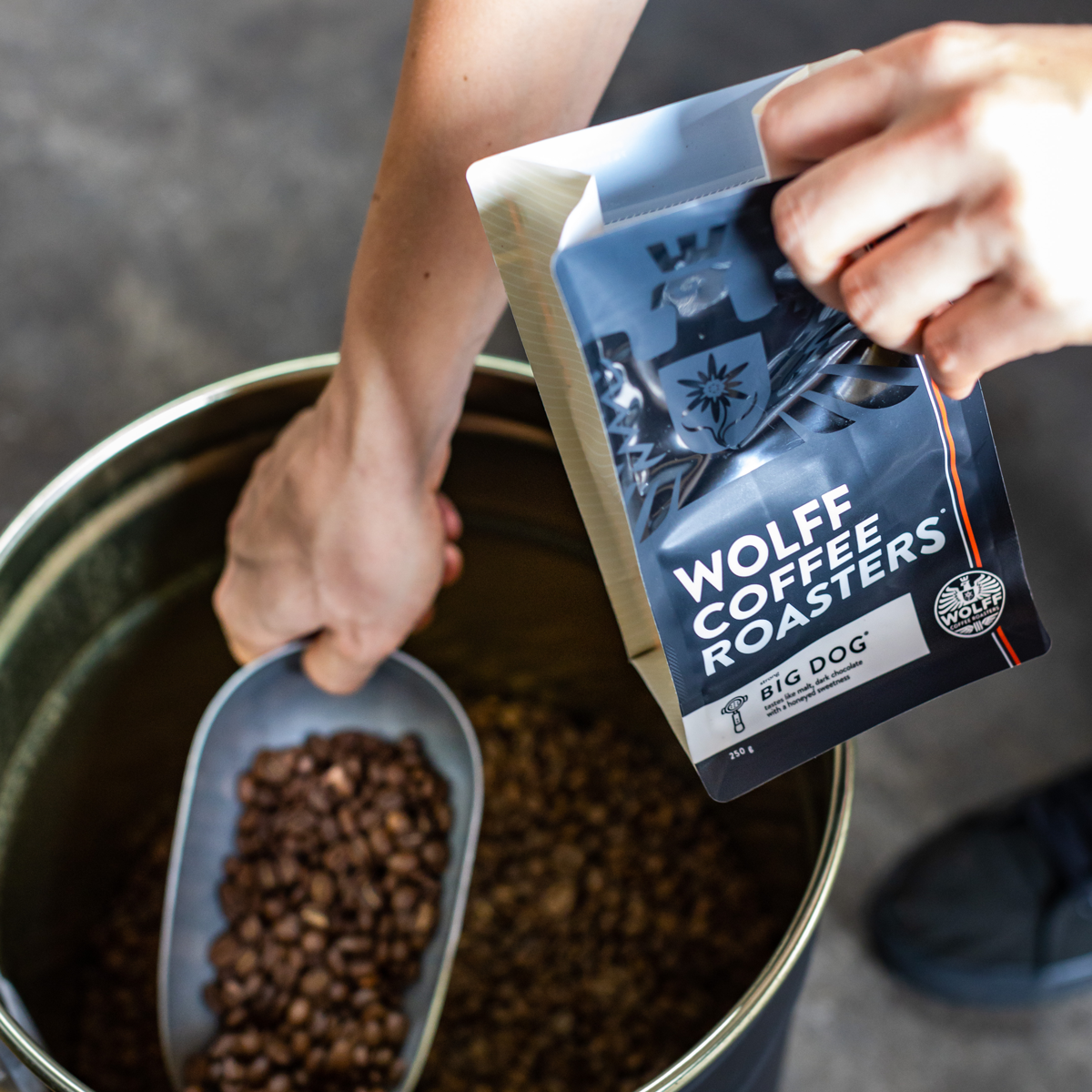Imagine standing in your kitchen, early morning, the sun just peeking over the horizon, when you decide to make a pour-over coffee. As you patiently wait for the water to heat, you find yourself pondering a question that has long puzzled coffee enthusiasts: Is blooming still relevant in today’s pour-over game? Blooming, for the uninitiated, is the process of pre-wetting coffee grounds to release carbon dioxide before the rest of the water is poured through. This age old technique has been a staple in coffee brewing, but with modern methods and tools, is it still necessary?
Let’s dive into the aromatic world of coffee brewing and explore whether blooming is a relic of the past or a timeless tradition that still holds its ground. Pour-over enthusiasts argue that blooming is essential for unlocking the full potential of coffee's flavour profile. By allowing trapped gases to escape, blooming ensures that the water fully saturates the grounds, promoting even extraction. This means a more balanced and nuanced cup, with flavours that dance across your palate.
However, as coffee technology advances, some argue that blooming might be overemphasised. With the advent of precision tools like gooseneck kettles and temperature-controlled brewers, achieving an even extraction without blooming is becoming more accessible. Some baristas and home brewers have started to experiment with skipping the bloom, claiming that modern beans and roasting techniques make the step unnecessary. It's a bold move, but coffee is all about experimentation, isn't it?
At Wolff Coffee Roasters, we believe in fuelling your cafe with beans that mean business. We source our beans ethically and sustainably, ensuring that every cup you brew contributes to a greater community impact. Our beans are roasted with precision, allowing you to explore the full spectrum of flavour, whether you choose to bloom or not.
A fascinating fact to consider is that freshly roasted beans contain more carbon dioxide due to the roasting process. This makes blooming particularly beneficial for freshly roasted coffee, as it helps in degassing, ensuring a smoother cup. Interestingly, skipping the bloom might lead to a slightly more acidic brew, which could be a game-changer for those who prefer a tangy kick in their morning cup.
So, what’s the verdict? Should blooming be consigned to the annals of coffee history, or does it deserve a place in your daily brewing ritual? The answer lies in your taste preferences and the tools at your disposal. If you’re chasing that perfect cup, don’t shy away from experimenting. Try blooming and not blooming, and see which method suits your palate best.
In conclusion, while the world of coffee is ever-evolving, some traditions, like blooming, continue to hold their own. They remind us of the beauty of simplicity in a world filled with complex technologies. So, the next time you brew a pour-over, take a moment to appreciate the ritual, the aroma, and the community that each cup of coffee represents.
Join the conversation: Are you a fan of blooming, or do you prefer to skip it? Share your thoughts and experiences with us. After all, coffee is not just a beverage; it’s a journey, and we’re all on it together.
How to Bloom Your Coffee:
- Add Coffee Grounds: Place your filter and add your ground coffee (usually medium grind).
- First Pour: Start your timer. Pour just enough hot water (about twice the weight of your coffee grounds) to saturate all the grounds evenly. For example, if you have 20g of coffee, pour about 40g of water.
- Wait: Let it sit for 30–45 seconds. You’ll see bubbles and the grounds puff up.
- Continue Brewing: After the bloom, continue pouring the rest of your water in slow, steady circles.
Tips:
- Use water just off the boil (about 92–96°C or 198–205°F).
- Freshly roasted coffee will bloom more dramatically.
- If you don’t see much bloom, your coffee may not be very fresh.
Design by Peter Wolff







Leave a comment
This site is protected by hCaptcha and the hCaptcha Privacy Policy and Terms of Service apply.